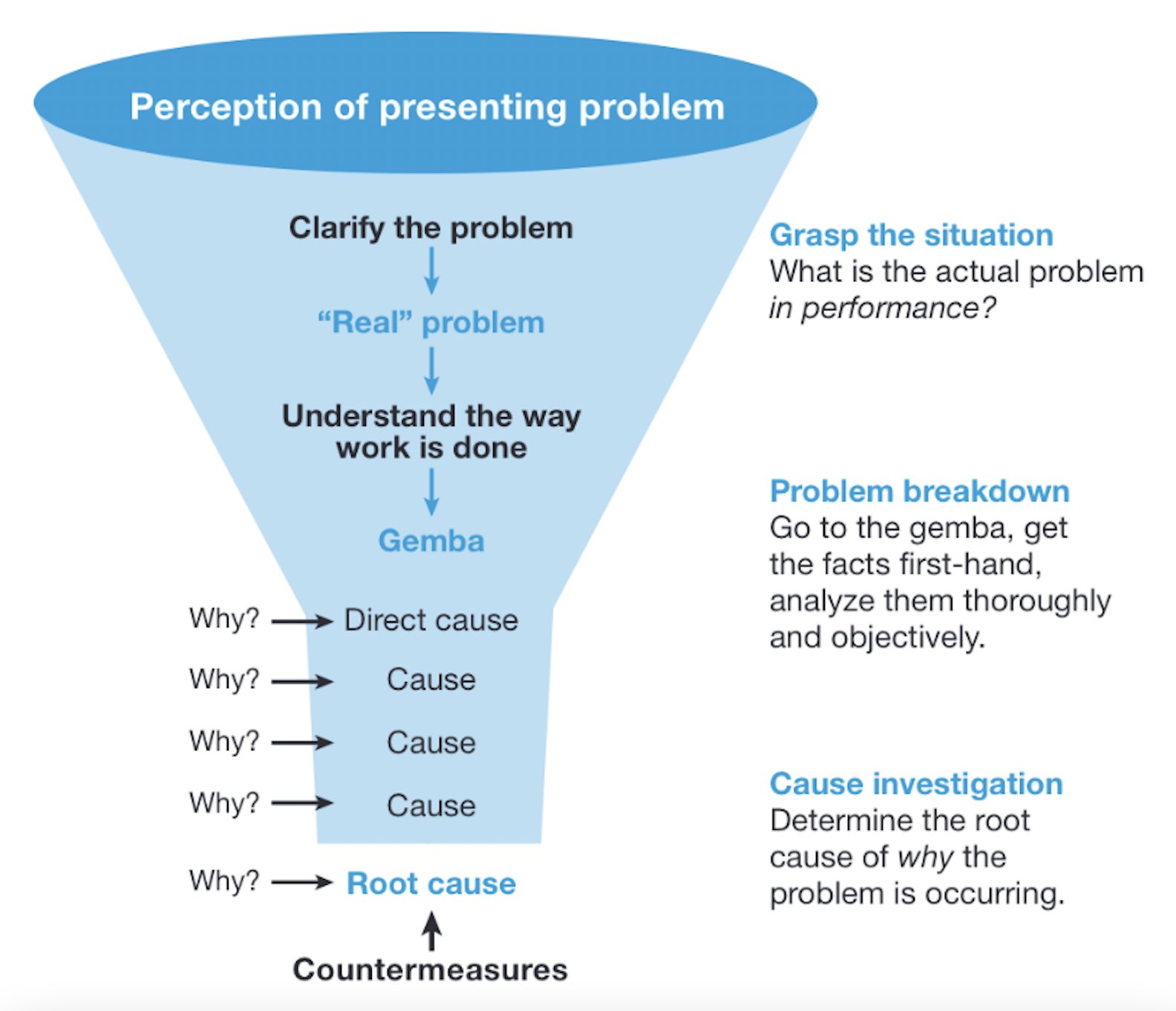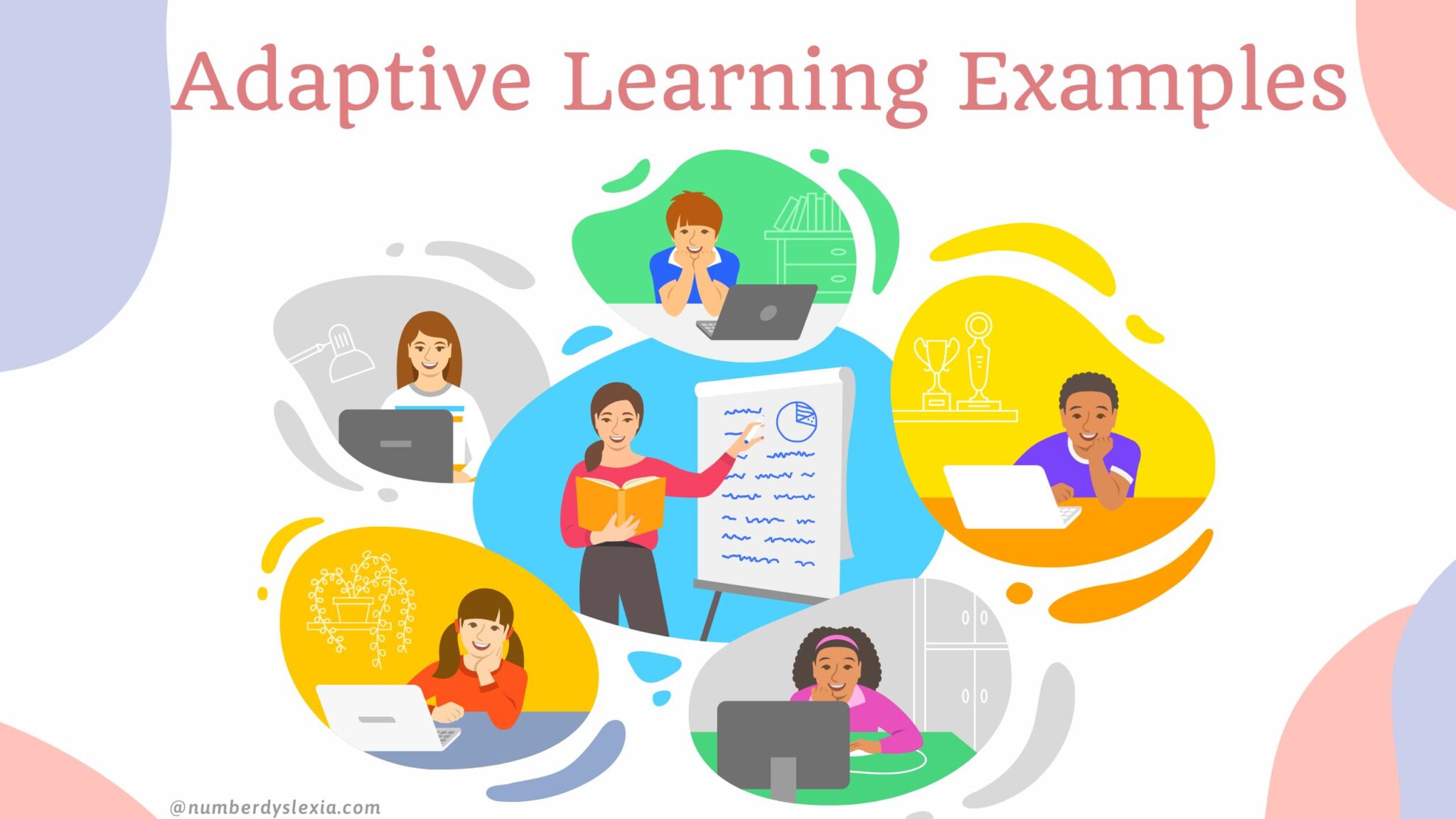Is Transportation Services a Good Career Path? Outlook, Roles, Pay, and How to Get Started
Short answer
Yes-transportation services can be a solid career path with faster-than-average job growth, steady openings, and multiple entry routes, though pay varies widely by role and working conditions can be demanding [1] . Confidence among industry leaders suggests improving performance and profitability in 2025 [2] .
Why transportation is worth a look
According to official U.S. labor data, transportation and material moving occupations are projected to grow faster than average from 2023 to 2033, with about 1.9 million openings per year on average due to growth and replacement needs [1] . These openings span drivers, logistics support, warehousing and material moving, rail, maritime, aviation ground operations, and courier services. While median annual wages for the broad group were $42,740 in May 2024 (below the all-occupation median), some transportation roles-such as railroad and water transportation-pay substantially more, highlighting the importance of choosing the right niche [1] . Industry outlook notes that a majority of surveyed transportation leaders reported high confidence in performance and profitability heading into 2025, a signal of improving conditions for hiring and advancement opportunities [2] .
Pros and cons you should weigh
Pros: Large and steady hiring needs; multiple entry-level roles without a degree; clear licensing pathways; potential for higher pay in specialized segments (rail, water, heavy haul); long-term stability tied to e-commerce, infrastructure, and public transit demand [1] . Confidence and profitability expectations for 2025 may improve compensation and training investments [2] .
Cons: Median pay across the broad category is below the overall U.S. median, and work schedules can include nights, weekends, and long hours; physical demands and safety compliance are significant; market cycles can affect specific niches (e.g., warehousing or long-haul freight) [1] .

Source: quantumlibraries.com.au
High-demand roles and typical pay ranges
Transportation includes many paths with different requirements and earning potential. Below are examples with verified reference points so you can target the best-fitting niche.
1) Commercial truck driver (CDL) Overview: Operate tractor-trailers or straight trucks for regional or long-haul freight. Demand often tracks housing, retail, and manufacturing cycles. Industry commentary points to a positive outlook through 2025 as freight volumes recover, benefiting drivers with expanding opportunities later in the year [3] . Pay and progression: Entry pay varies by region and segment; specialized freight (tanker, hazmat, oversize) and unionized roles can pay more. Many start in regional routes, then specialize or move into dedicated lanes for predictability. (Use employer postings and local wage data to benchmark, as exact figures vary.)
2) Delivery and courier services Overview: Final-mile delivery for parcels, groceries, or medical supplies. Growth continues to be tied to e-commerce and on-demand logistics, with many companies expanding flexible, shift-based models [1] . Entry route: Often no degree; some roles require a clean driving record and company training. Advancement can include dispatcher, route supervisor, or operations coordinator.
3) Public transit and shuttle driving Overview: Drive buses, shuttles, or paratransit vehicles. This segment offers community impact, benefits, and union pathways in many cities. Roles include bus operators and dispatch/operations support [1] . Entry route: Commercial license requirements vary by state; agencies often provide paid training and testing support.
4) Railroad and rail operations Overview: Railroad workers ensure passenger and freight trains run safely; jobs include conductors, yardmasters, and signal operators. Median pay in rail is notably higher than the overall transportation median, reflecting specialized skills and safety responsibilities [1] . Entry route: Typically a high school diploma and employer training; rigorous safety and scheduling requirements.
5) Water transportation Overview: Deckhands, mates, pilots, engineers, and captains support maritime cargo and passenger operations. Median pay is higher than the broad transportation median, with credentialing and sea-time requirements shaping progression [1] . Entry route: Entry-level deckhand roles with advancement via sea time and Coast Guard credentials.
Where demand is heating up
Hiring needs are influenced by broader economic and sector trends. Commentary for 2025 highlights recovering freight activity later in the year, which tends to lift trucking demand, especially as construction and consumer activity improve [3] . Industry surveys report that more than half of transportation respondents were highly confident about profitability, which can support headcount growth, training budgets, and equipment investments [2] . Entry opportunities also track continued growth in e-commerce fulfillment and last-mile delivery, as reflected in the large annual openings across transportation and material moving roles [1] . For adjacent pathways, hiring experts anticipate rising needs tied to renewable energy logistics, public sector fleets, EV and autonomous programs, and couriers, indicating diversified options for job seekers considering transferable skills like route planning, vehicle upkeep, and safety compliance [4] .
Step-by-step: How to break into transportation services
Step 1: Choose your niche Decide between freight (truck, courier), passenger (transit, shuttle), rail, maritime, or warehouse/material moving. Compare schedules, travel tolerance, physical demands, and long-term earning potential. Use official occupation profiles to validate training and credential requirements [1] .
Step 2: Meet baseline requirements For driving roles, ensure you have the appropriate driver’s license class and a clean record. Commercial truck driving typically requires a Commercial Driver’s License (CDL); passenger endorsements may be needed for buses or shuttles. Check your state’s motor vehicle agency for testing sites, fees, and medical exam requirements. If you are unsure where to apply, contact your state’s department of motor vehicles and ask about CDL testing locations and recognized training schools.
Step 3: Select training Consider employer-sponsored or community college programs for CDL training. Many transit agencies provide paid training for bus operators, including road practice and exam preparation. For rail and water roles, entry often begins in helper or deckhand positions with structured on-the-job training and formal credentials gained over time [1] .
Step 4: Earn endorsements or credentials Specialized endorsements (e.g., hazardous materials, tanker, passenger) can raise earnings potential. Maritime roles may require U.S. Coast Guard credentials and sea-time logs. Rail positions require passing safety, rules, and sometimes mechanical aptitude assessments. Review role-specific requirements before investing in training [1] .
Step 5: Build experience and advance Start with regional or local routes to develop safety records and time management. Track incident-free miles, on-time delivery metrics, fuel efficiency, and customer feedback; these are valuable when applying for dedicated or specialized assignments. In warehouses, master equipment certifications (forklift, pallet jacks) and inventory systems as stepping stones to lead or coordinator roles [1] .
Step 6: Explore upward mobility Many professionals move into dispatch, safety compliance, operations, or fleet management. Others shift laterally into logistics planning, procurement, or training positions. Outlook commentary suggests that as performance and profitability improve, organizations may expand leadership tracks and invest in skill development [2] .
Practical examples and alternative pathways
Example A: From delivery driver to operations lead Start in a parcel delivery role to learn routes and customer service. After 12-18 months of strong performance (on-time delivery, safe driving), apply for dispatcher or route planner positions. Add scheduling software skills, which are common in job postings. Use internal tuition assistance if offered to study logistics or supply chain fundamentals. This path leverages the consistent openings in transportation roles and can lead to supervisor-level pay [1] .
Example B: CDL to specialized tanker freight Complete a recognized CDL program, accept a regional position to gain experience, then pursue a tanker endorsement and employer-paid specialized training. Specialized freight can carry higher pay due to additional safety and handling requirements. Industry forecasts of improving freight conditions can support the availability of these roles later in the year [3] .
Alternative: Rail or maritime track If long-haul driving isn’t for you, evaluate rail or maritime. Rail roles show higher median pay relative to the broad group, but hiring standards and schedule demands are strict. Maritime jobs often begin with deckhand positions, requiring physical fitness and progressive credentialing; over time, advancement to mate or engineer can significantly increase earnings [1] .
Challenges and how to navigate them
Scheduling and work-life balance : Many roles include nights, weekends, and holidays. Look for dedicated routes, union contracts, or local positions to improve predictability. Public transit agencies often bid schedules by seniority, so early tenure matters [1] .
Safety and compliance : Expect drug testing, medical exams, hours-of-service rules, and equipment inspections. Treat compliance as a career asset; clean records help you qualify for higher-paying assignments and faster promotions [1] .
Economic cycles : Freight and warehousing can fluctuate with interest rates and consumer demand. Balance risk by gaining transferable skills (dispatch, route planning, safety) and considering sectors with steady public funding, such as transit operations [2] [1] .

Source: shutterstock.com
How to find openings and apply
Use these practical steps if you prefer to avoid specific links: search your state motor vehicle agency site for “CDL application,” “CDL testing,” and “approved training providers.” For public transit roles, search your city’s transit authority career page and look for “bus operator trainee,” “operator-in-training,” or “transit coach operator.” For rail and maritime, search major carriers’ official career pages for “conductor trainee,” “yardmaster,” “deckhand,” or “able seaman.” Filter postings for “paid training,” “apprentice,” or “no experience required.” When in doubt, contact HR via the careers page and ask for recruiting or operator training program contacts.
Key takeaways
Transportation services offers broad opportunity and clear, credential-based entry routes. The sector is projected to grow faster than average with large annual openings, though median pay varies by niche. If you want stable demand, defined steps to qualify, and multiple ways to advance, this field can be a strong bet-especially if you choose higher-paying specialties or agencies with robust training and benefits [1] [2] [3] [4] .
References
[1] U.S. Bureau of Labor Statistics (2025). Transportation and Material Moving Occupations. [2] HUB International (2025). Transportation Industry Outlook. [3] CDLJobs (2025). 2025 Trucking Industry Forecast. [4] College Recruiter (2025). Which industries will hire the most transportation workers in 2025?



